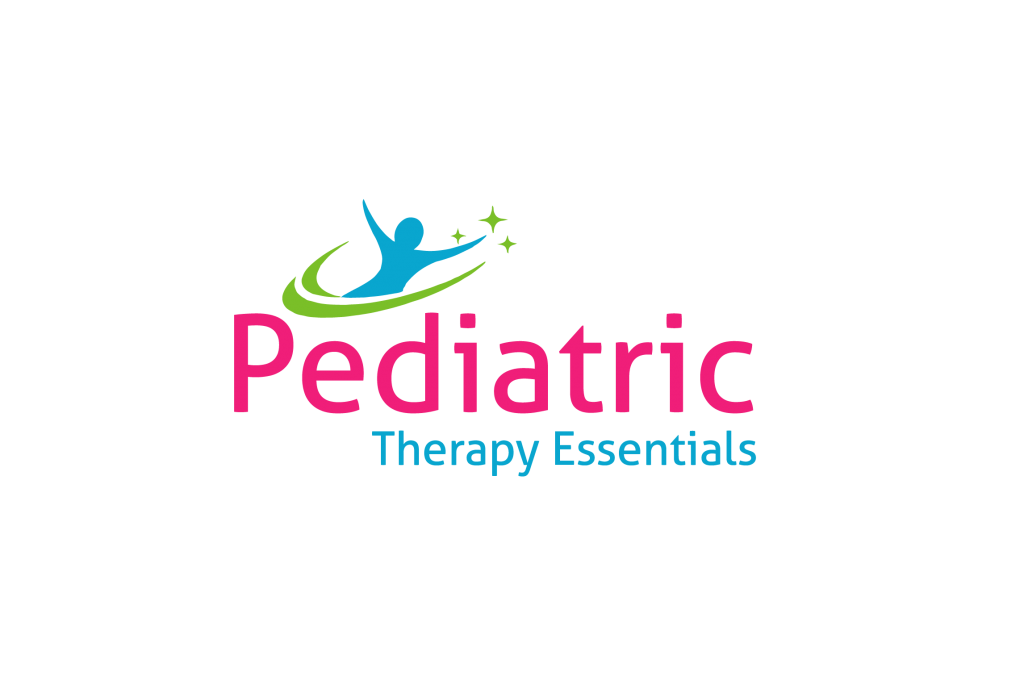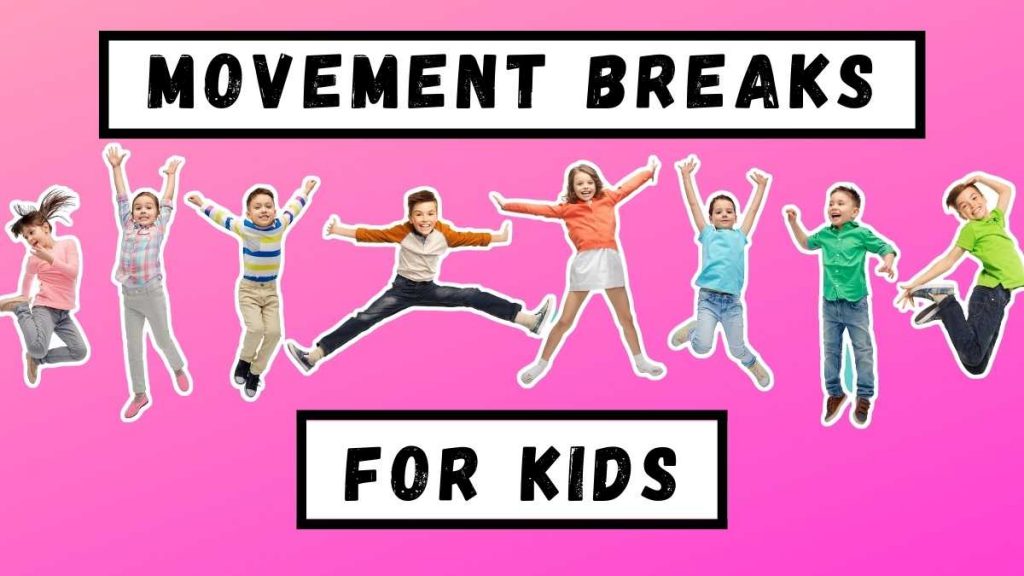Movement is such an important part of a child’s day. Whether that movement is during play, structured activity, or just getting from point A to point B. On the typical school campus, kids get regular periods of movement and activity as part of their day. A lot of this movement is often small bouts of activity that they don’t even realize they are doing, because it is just part of their regular day. For example,
Kids in PreK and Elementary School:
-
- Transition between centers within their classroom
- Walk to and from specials classes like music and art
- Participate in PE
- Participate in recess
- Walk to/from lunch.
- Walk to and from the drop-off and dismissal areas
Students in Middle and High Schools:
-
- Walk from class to class during class changes. These changes often require them to move quickly, climb stairs, maneuver in and out of crowds.
- Walk to/from lunch area. Often kids in these upper grades may use this time to walk throughout the campus and socialize adding more steps.
- Walking to/from the pick-up/drop-off area.
- Participate in PE
- Participate in sport, clubs, and extracurricular activities.
Though these examples of activity may seem small, when you add them up during the day, they amount to a significant amount of movement.
Unfortunately, in the virtual learning environment and with social restrictions due to COVID-19, so much of this activity has been limited. And this limitation in activity is not healthy for kids. In fact, it can have some negative effects on their overall health. Decreased activity levels mean:
- Kids burn fewer calories during their day which can lead to difficulties with weight management.
- Kids don’t challenge and use their muscles and cardiovascular system as often which can lead to loss of muscle strength and endurance.
- Mental health may be negatively affected. Research indicates that regular exercise has a positive impact on our serotonin levels. Serotonin affects our mood and sense of well-being.
So, how much exercise do kids need? According to The US Department of Health’s Healthy Physical Activity Guidelines, children ages 6-17 should get 60 minutes of vigorous activity every day. And, just as there are negative consequences of inactivity, getting this daily vigorous activity can have numerous positive effects. For example, physical activity leads to:
- Improvements in muscle strength
- Improvements in endurance
- improvements weight management
- Improvements in mood and sense of well-being.
Now that we know movement is important, let’s talk about some simple ways to incorporate movement breaks into your child’s day. This week, we are going to talk about ways to incorporate movement for younger kids. These activities are great for preK age and early elementary kids.
Sidewalk Chalk Course
These courses are so much fun and lend themselves to being very personalized. In this week’s video, I show you lots of different skills you can incorporate into your chalk course. Check out the video for the full description.
Indoor Obstacle Course
If being outside isn’t possible, you can create obstacles courses in your home. Again, I show you lots of different skills you can incorporate into your indoor course in this week’s video. Check out the video for the full description.
Dance It Out
Most kids love to dance and move when the music is on. There are lots of great YouTube Channels that have tons of great videos for kids to dance along to. Some of my favorites are:
Great YouTube Channels for Kids’ Dance Activities: Jack Hartman: https://www.youtube.com/user/JackHartmann
The Learning Station: https://www.youtube.com/user/TheLearningStation
Go Noodle: https://www.youtube.com/user/GoNoodleGames
To adjust difficulty of the videos you can:
-
- Change the Video Playback Speed: This video clip will show you how: https://youtu.be/nLl6Ow6DJjI#t=11m07s
- Dance when sitting in a chair.
Try some of these easy movement break ideas with your kids at home. I have also created some great printable with even more ideas to get younger kids moving. Please check out the store to access the FREE PRINTABLES!
See You Next Time!
– Heather

